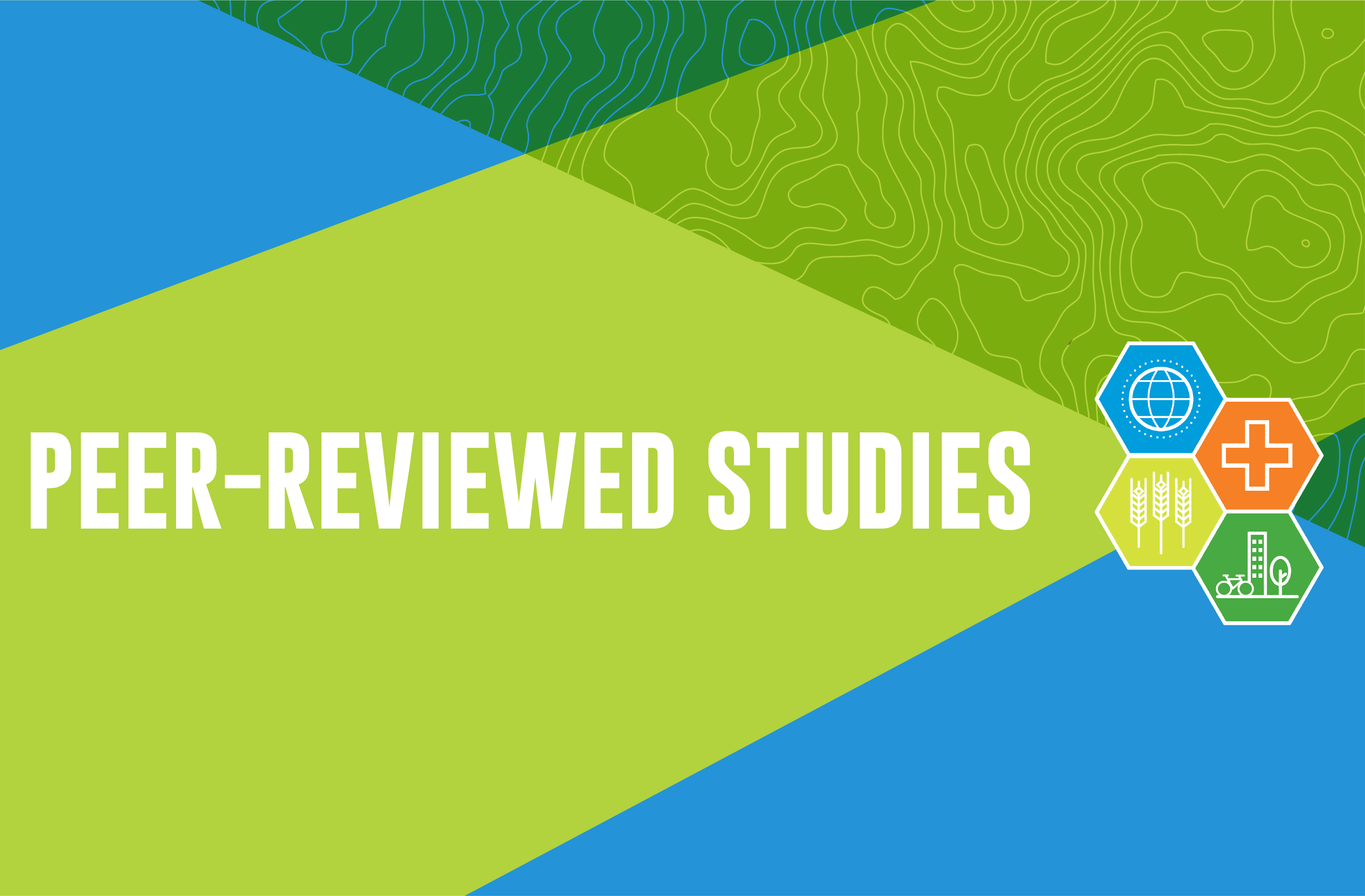Publication Date
1-1-2017
Abstract
The concept of “enabling conditions” centers on conditions that facilitate approaches to addressing social and ecological challenges. Although multiple fields have independently addressed the concept of enabling conditions, the literature lacks a shared understanding or integration of concepts. We propose a more synthesized understanding of enabling conditions beyond disciplinary boundaries by focusing on the enabling conditions that influence the implementation of a range of environmental policies termed payments for ecosystem services (PES). Through an analysis of key literature from different disciplinary perspectives, we examined how researchers and practitioners refer to and identify enabling conditions within the context of PES. Through our synthesis, we identified 24 distinct enabling conditions organized within 4 broad themes: biophysical, economic, governance, and social-cultural conditions. We found that the literature coalesces around certain enabling conditions, such as strong ecosystem science and existing institutions, regardless of disciplinary background or journal audience. We also observed key differences in how authors perceive the direction of influence for property type, program objectives, and number of actors. Additionally, we noted an emphasis on the importance of the contextual nature of many enabling conditions that may cause certain conditions to have a disproportionate impact on successful implementation in some circumstances. Unraveling the relative importance of specific enabling conditions in diverse contexts remains a research frontier. Ultimately, no single disciplinary perspective is likely to provide all necessary insights for PES creation, and given the intertwined nature of enabling conditions, practitioners need to consider insights from multiple dimensions. Our work suggests opportunities to better connect diverse conversations through integration of concepts, a common vocabulary, and a synthetic framework.
Creative Commons License

This work is licensed under a Creative Commons Attribution-NonCommercial 4.0 International License
Rights Information
© 2017 by the author(s).
Recommended Citation
Huber-Stearns HR, Bennett DE, Posner S, Richards RC, Fair JH, Cousins SJ, Romulo CL. Social-ecological enabling conditions for payments for ecosystem services. Ecology and Society. 2017 Mar 1;22(1).
DOI
10.5751/ES-08979-220118
Link to Article at Publisher Website
Included in
Climate Commons, Community Health Commons, Human Ecology Commons, Nature and Society Relations Commons, Place and Environment Commons, Sustainability Commons


